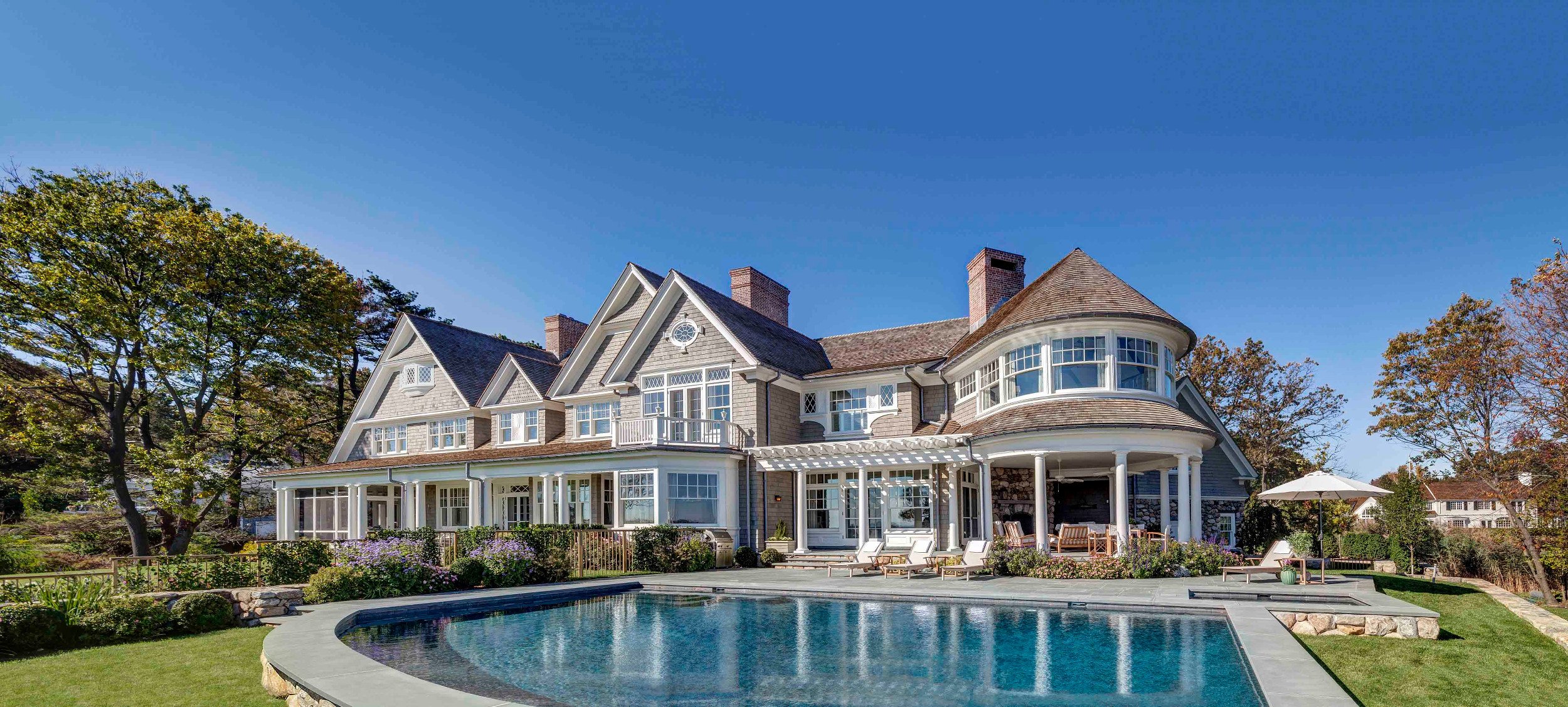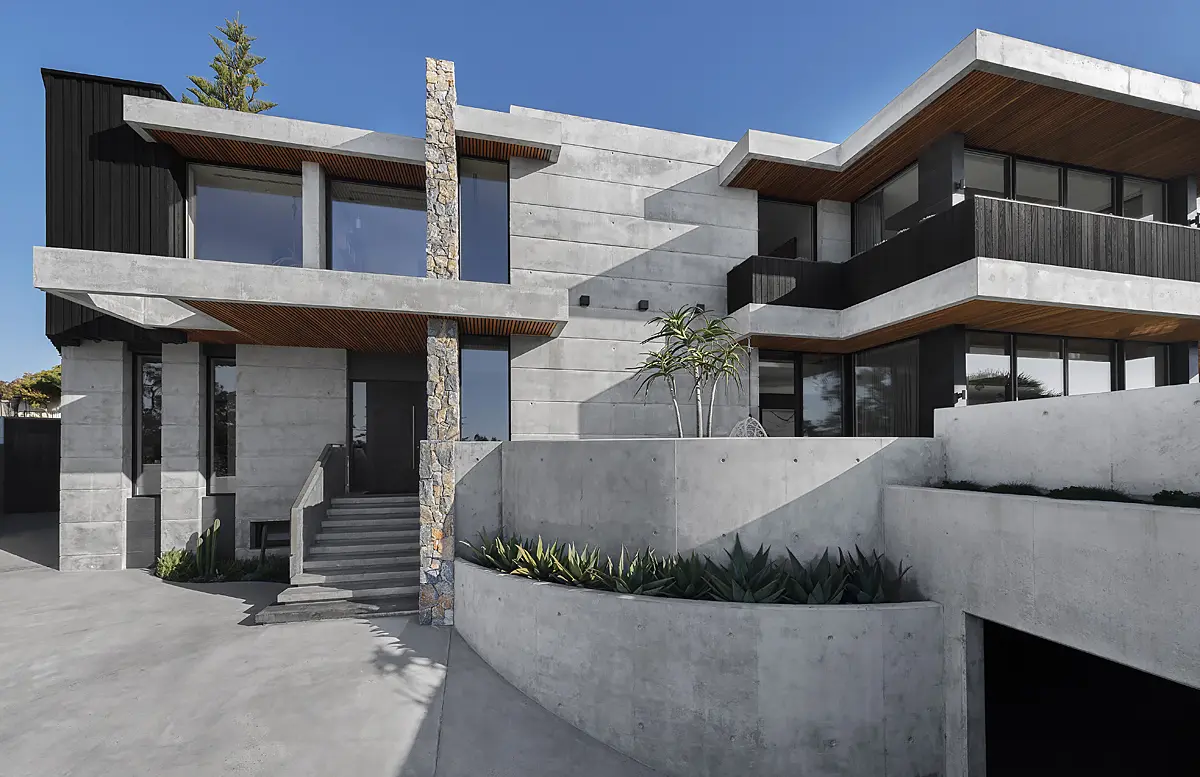Residential House Architect: Crafting Your Dream Home with Expert Design Solutions
Residential House Architect: Crafting Your Dream Home with Expert Design Solutions
Blog Article
Top Patterns in Residential Architecture You Ought To Know About
As residential architecture remains to advance, several engaging trends are shaping the way we develop and occupy our space. Secret developments such as sustainable building techniques, the integration of smart home innovation, and the rise of modular homes emphasize a significant shift towards both performance and environmental responsibility. Furthermore, principles like open plan living and biophilic style are redefining our interaction with room and nature. Understanding these patterns not only educates design selections but likewise reveals broader effects for lifestyle and community - residential house architect. What might these innovations suggest for the future of residential living?
Lasting Structure Practices
An enhancing number of household tasks are welcoming lasting building methods, driven by a growing awareness of ecological influence and power effectiveness. This change is defined by the integration of eco-friendly products, energy-efficient designs, and ingenious building approaches. Property owners and building contractors are progressively focusing on using renewable energies, such as bamboo and recycled metals, which not just reduce the carbon impact but likewise boost the toughness and visual allure of homes.
Integrating energy-efficient systems is an additional vital aspect of sustainable building - residential house architect. Attributes such as high-performance insulation, energy-efficient home windows, and solar panels are becoming standard in brand-new domestic designs. These elements not only add to reduced energy intake but additionally offer substantial lasting cost savings for house owners
In addition, the layout of lasting homes typically stresses natural light and ventilation, reducing the dependence on synthetic illumination and environment control systems. Landscape design methods, such as xeriscaping, additional promote sustainability by lessening water use.
As the demand for sustainable living options remains to rise, the domestic style sector is positioned to innovate and adapt, ensuring that future homes are not just eco accountable yet likewise comfortable and functional for their passengers. - residential house architect
Smart Home Innovation
Smart home modern technology is revolutionizing the method home owners engage with their living rooms, enhancing comfort, protection, and energy management. This cutting-edge strategy incorporates various devices and systems, allowing customers to control their homes remotely or via automated procedures. Central to this trend is the use of wise devices such as thermostats, illumination, safety and security electronic cameras, and devices, all attached by means of the Net of Things (IoT)
Among the most attractive features of wise home technology is the capability to personalize settings for optimal power efficiency. House owners can keep an eye on energy usage and readjust lights, heating, and air conditioning based upon their regimens, substantially minimizing energy costs. Additionally, advanced safety and security systems outfitted with smart locks and monitoring cams offer assurance, allowing remote monitoring and informs to possible safety and security breaches.
Combination with voice-activated assistants enhances customer experience, enabling homeowners to regulate devices with easy voice commands. As modern technology continues to progress, the possibility for clever home systems to enhance quality of life expands, making them a vital factor to consider in modern domestic design. Inevitably, wise home technology is not merely a fad however a basic shift toward extra intelligent living environments.
Open Principle Living
Open idea living has actually become a specifying feature in modern household architecture, defined by the elimination of typical barriers in between spaces. This layout viewpoint advertises fluidity and connection within the home, enabling a seamless shift between locations such as the kitchen area, eating, and living rooms. By getting rid of wall surfaces and partitions, open concept designs create a sense of spaciousness, cultivating an inviting atmosphere that improves social interaction.

Furthermore, this technique to domestic style aligns with minimalism, focusing on functional simpleness and visual comprehensibility. House owners value the versatility of these layouts, which can be easily adapted to show individual style through furnishings plan and decoration. As open principle living remains to gain grip, it stays a testimony to evolving household characteristics and the need for homes that boost connection and convenience.
Biophilic Layout
Biophilic more info here style has actually come to be progressively considerable in domestic style, stressing the innate link in between human beings and nature. This design philosophy looks for to integrate all-natural aspects right into living spaces, thereby cultivating a feeling of health and enhancing the high quality of life for passengers. By including features such as natural light, plant life, and organic materials, biophilic design promotes a harmonious connection in between interior settings and go to this web-site the all-natural globe.
Secret components of biophilic layout consist of big windows that offer unobstructed views of outdoor landscapes, living wall surfaces that present greenery into interiors, and open layout that motivate air movement and all-natural light infiltration. Water attributes, both within and outside the home, serve to create comforting ambiences and improve sensory experiences.
In addition, making use of lasting materials not only sustains ecological stewardship but also adds to healthier interior air high quality. As awareness of environmental concerns rises, homeowners are increasingly focusing on styles that show their connection to nature. In significance, biophilic design not just raises aesthetic appeal yet additionally addresses psychological and emotional requirements, making it an important trend in modern property design.
Modular and Prefab Homes

Moreover, modular and prefab homes are developed with sustainability in mind. Lots of producers use energy-efficient systems and eco-friendly products, such as photovoltaic panels and progressed insulation strategies, adding to lowered power usage and lower utility bills for property owners. The flexibility of design alternatives enables modification, providing to diverse useful requirements and aesthetic choices.
As the need for inexpensive housing proceeds to climb, prefab and modular homes offer a sensible option, attending to both economic and ecological difficulties. Neighborhoods are increasingly identifying the potential of these frameworks, integrating them into city and country setups. Generally, the trend towards modular and prefab homes signifies a change toward extra lasting, efficient, and adaptable living settings, making them a critical aspect of modern residential style.
Final Thought
Sustainable building practices and wise home innovations improve effectiveness and comfort, while open principle living and biophilic design foster social interaction and a link to nature. The surge of prefab and modular homes offers personalized and inexpensive services, reflecting a broader shift in the direction of useful and liable living.
Trick advancements such as sustainable building practices, the integration of smart home modern technology, and the surge of modular homes emphasize a considerable shift towards both functionality and ecological duty.The increase of modular and prefab homes has changed the residential design landscape, providing innovative remedies for reliable and sustainable living.Moreover, prefab and modular homes are created with sustainability in mind. Generally, the trend towards prefab and modular homes represents a change toward more lasting, reliable, and adaptable living atmospheres, making them a critical aspect of modern property architecture.
Lasting building techniques and wise home technologies improve efficiency and ease, while open idea living and biophilic visit site style foster social interaction and a connection to nature.
Report this page